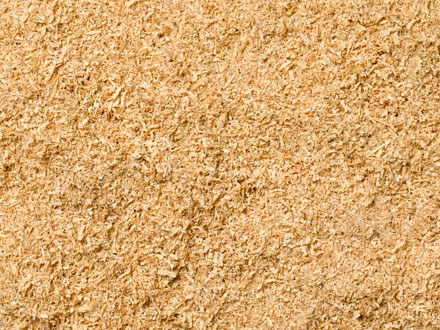
Blenheim, New Zealand company CarbonScape has patented an innovative method for turning waste sawdust, such as from common radiata pine, into valuable graphite. Sources: Timberbiz, The Marlborough Express
Graphite is used in many applications such as lithium-ion batteries and is considered a ‘strategic mineral’ by the US. It is currently mined, with the bulk coming from China, and synthetic graphite is produced using a high-energy, intensive process involving petroleum pitch and tar, taking carbon out of the ground.
“Doing it fast and doing it green is our mantra,” CarbonScape chief executive Oliver Foster said. CarbonScape’s patented 2-step method uses microwaves and pressure to convert wet, raw sawdust into graphite, quickly and efficiently.
Their process takes hours, not weeks.
Mr Foster said there was a way to go before commercial production of graphite but producing the amount they had so far had been a significant milestone.
More than 1 million tonnes of graphite was mined worldwide in 2016, with the bulk coming from China. The majority of synthetic graphite was also produced in China using a high-energy, intensive process using petroleum pitch and tar, taking carbon out of the ground.
CarbonScape head of research and development Greg Conner said producing graphite normally took 11 weeks and temperatures of 2800 degree Celsius. But the company, based at Riverlands Estate outside Blenheim, had found a way turn sawdust, from the common radiata pine, into graphite through a patented two-step process.
“It’s really inefficient. We can do it much quicker,” Mr Conner said. “Graphite is just carbon stacked in a neat, 3D order. Traditionally, you can’t change the amorphous form of carbon into graphite.
“[But] using microwaves and our two-step process, we’ve found a way to convert it really quickly and efficiently.
“It’s approaching the quality of the commercial stuff.”
CarbonScape’s process started with raw sawdust. “Uniquely, we can use it wet. The water participates in the chemical reaction,” Mr Conner said.
More water was added and under high pressure, the slurry was microwaved.
“It’s not your conventional microwave oven, it’s a microwave reactor.
“The second stage is where the magic happens,” Mr Conner said.
The carbon was soaked in a reusable catalyst that activated it, which was then heated until it turned into graphite.
As the carbon became purer, it conducted electricity and allowed CarbonScape to achieve the high temperatures necessary to produce graphite.
“We’re going from several weeks to a couple of hours,” Mr Conner said.
Mr Foster said they were aiming for 99% purity, their product currently sitting around 97% purity. “Doing it fast and doing it green is our mantra.”
But it would be two to three years before they could get their graphite to the market, Mr Foster said.
CarbonScape was originally set up in 2006 to produce green coke for steel plants, the discovery of graphite came through experimentation at high temperatures and research into various catalysts.
The company pivoted from the low-value products, coke and activated carbon, to graphite in 2016.





